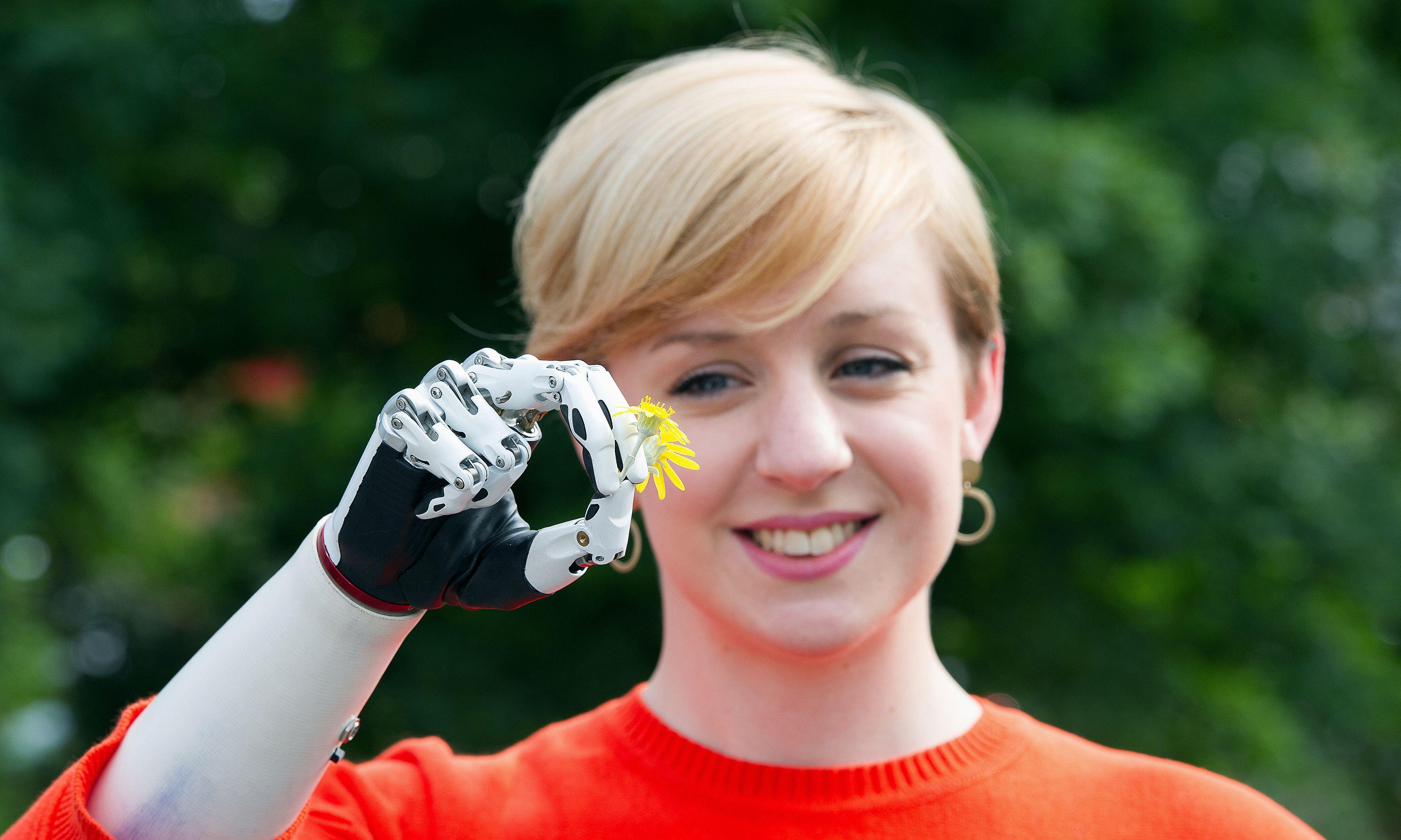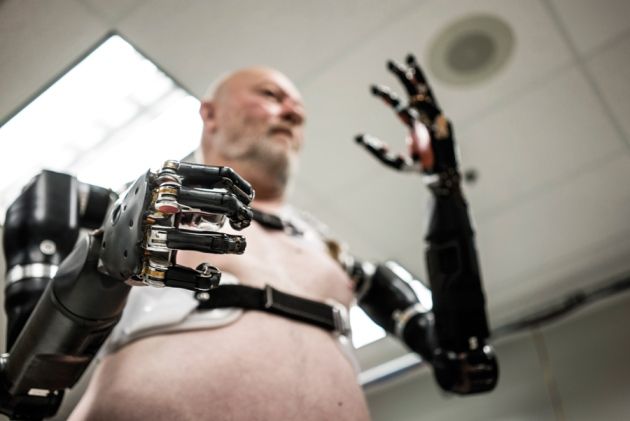![]()
I’m helping to announce a public transhumanist and life extension rally and gathering this Saturday, June 27th at Sue Bierman Park in San Francisco (we’ll be meeting at Justin Herman Plaza in the Sue Bierman park). It’ll start at 2PM sharp and go for a few hours. Maria Konovalenko, myself, and others will be giving short speeches and talking to the public about transhumanism and the importance of longevity research. There is a notable TV channel with a large film crew that is… scheduled to film the event (I just met with them all this evening). Please wear orange or black (Transhumanist Party colors), and there will be a limited amount of free t-shirts and bumper stickers available. Check out the event page and please join us! This is an excellent opportunity to put transhumanism on TV. Thanks!
Read more




